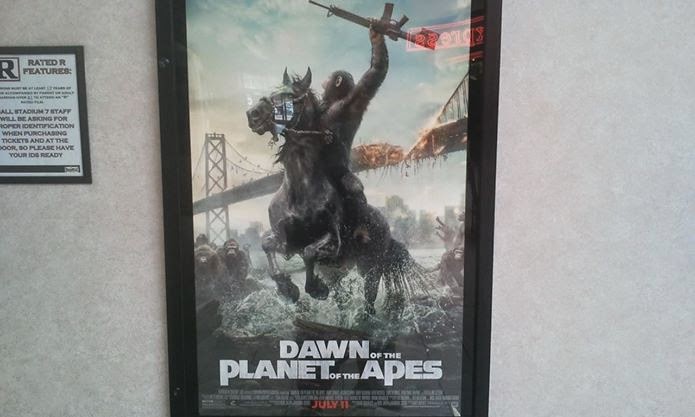Mario Bava
July 31, 1914 - July 31, 2014
(1914-1980)
(1914-1980)
To celebrate, whether you've already seen it or not, why don't you give this one a spin as soon as possible. (I, for one, think its his masterpiece.) You're in for a real treat. No trick. Honest.
Video courtesy of Yours Truly.
Blood and Black Lace (1964) Emmepi Cinematografica :: Les Productions Georges de Beauregard :: Monachia Film :: Allied Artists / P: Alfredo Mirabile, Massimo Patrizi / D: Mario Bava / W: Marcello Fondato / C: Ubaldo Terzano / E: Mario Serandrei / M: Carlo Rustichelli / S: Cameron Mitchell, Eva Bartok, Thomas Reiner, Ariana Gorini, Mary Arden, Luciano Pigozzi














































+1955.jpg)
+1955.jpg)
+1955.jpg)






+1955.jpg)











+1955.jpg)


















+1955.jpg)
































+1955.jpg)



+1955.jpg)